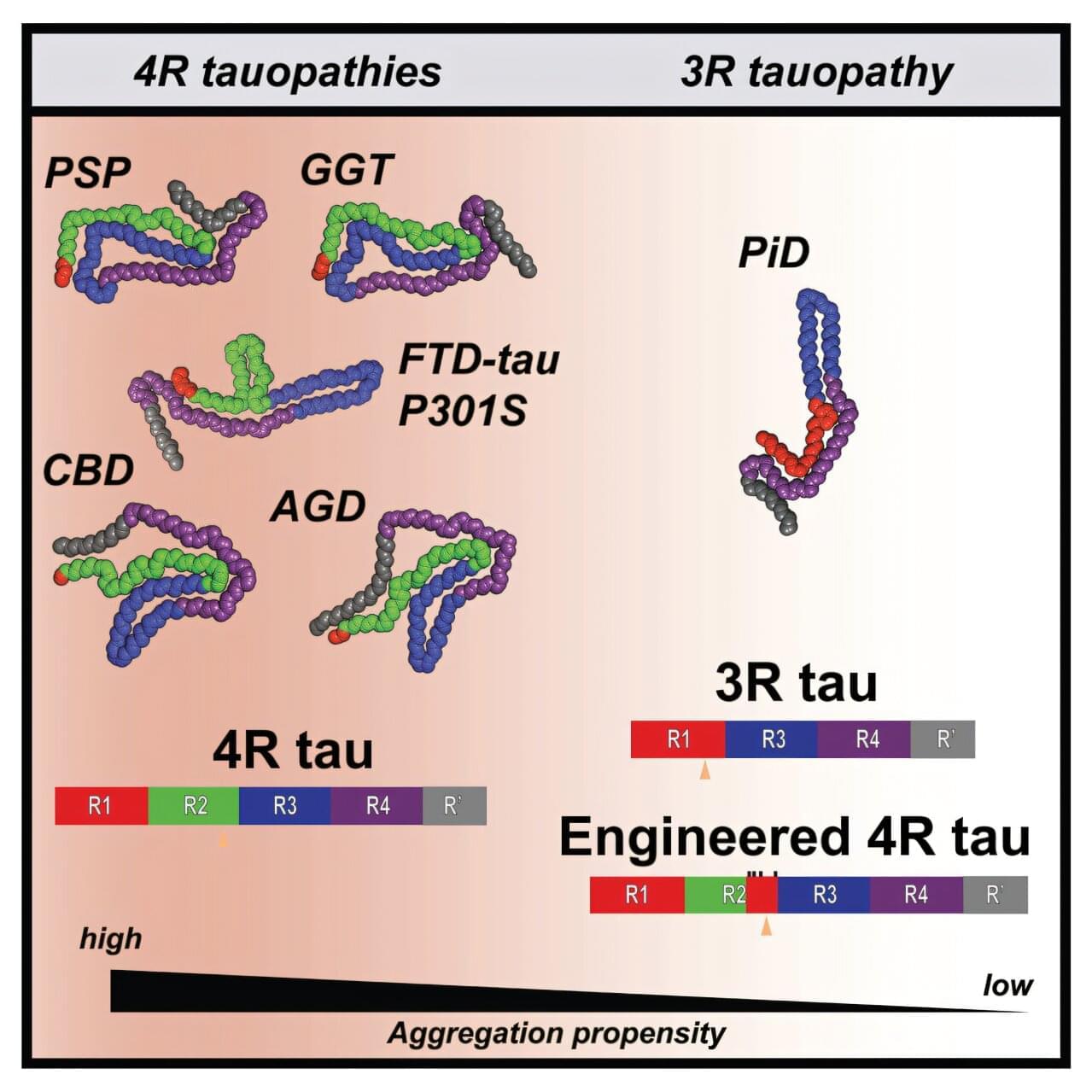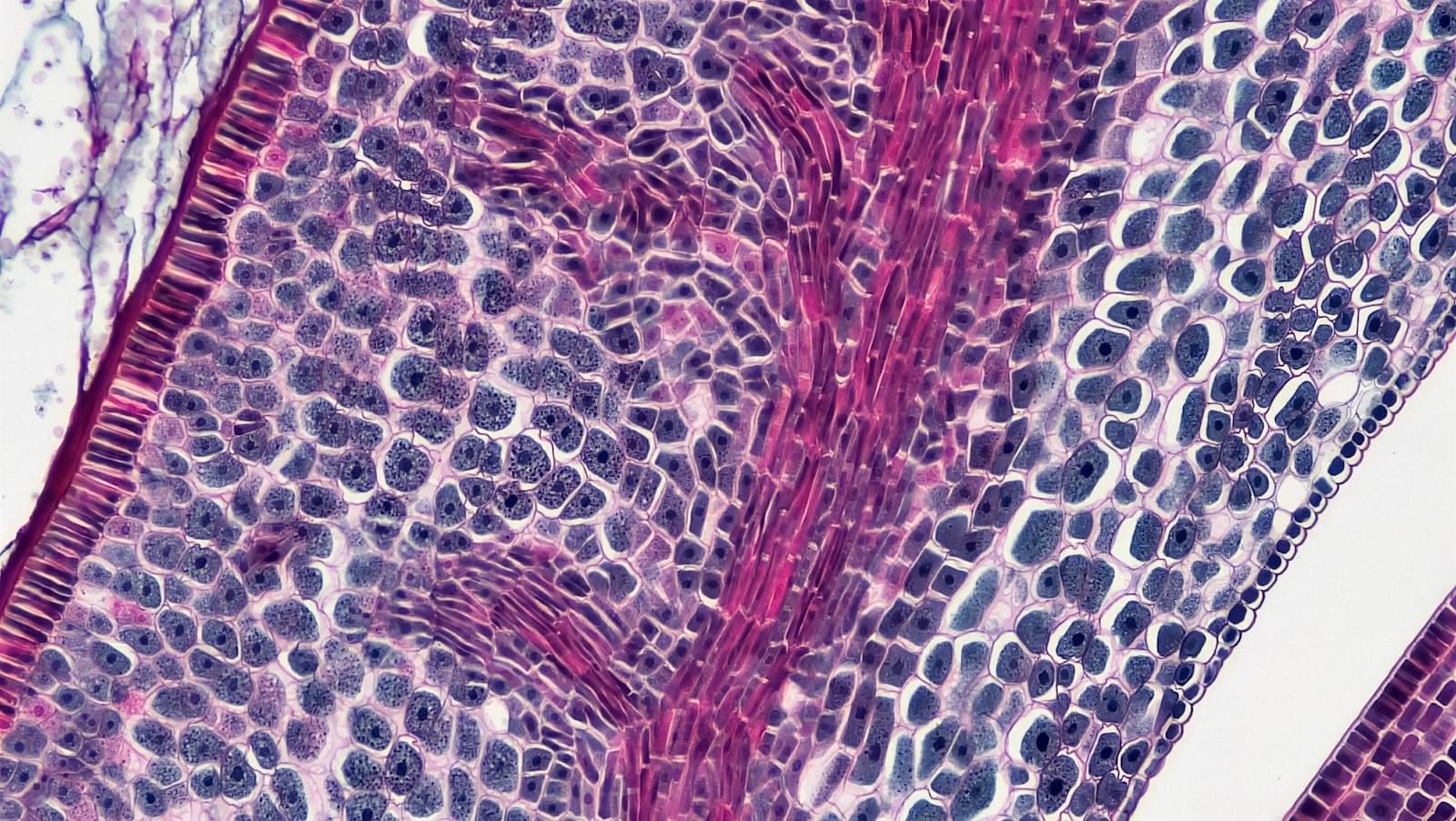A designer version of the tau protein, developed by a team led by UT Southwestern Medical Center researchers, maintains its biological function while resisting aggregation, a pathological trait linked to neurodegenerative diseases called tauopathies.
These findings, reported in Structure, could lead to new treatments for conditions including Alzheimer’s disease, frontotemporal dementia, chronic traumatic encephalopathy (CTE), and progressive supranuclear palsy.
“This is the first step toward creating a molecule that could, in principle, replace a protein that’s pathogenic (disease-causing) while still retaining its normal function,” said study leader Lukasz Joachimiak, Ph.D., Associate Professor in the Center for Alzheimer’s and Neurodegenerative Diseases and of Biochemistry and Biophysics at UT Southwestern.









